
Gynura aurantiaca ‘Purple Passion’ 12cm Pot Urban Plant Life Nationwide
Gynura aurantiaca, also called Purple Passion Plant, is a unique and easy-to-grow houseplant. It has fuzzy green leaves covered in velvety hairs. When given enough light, the leaves turn a beautiful purple color. Here are some facts about what this interesting plant looks like: Leaves are oval or heart-shaped and deeply wrinkled.
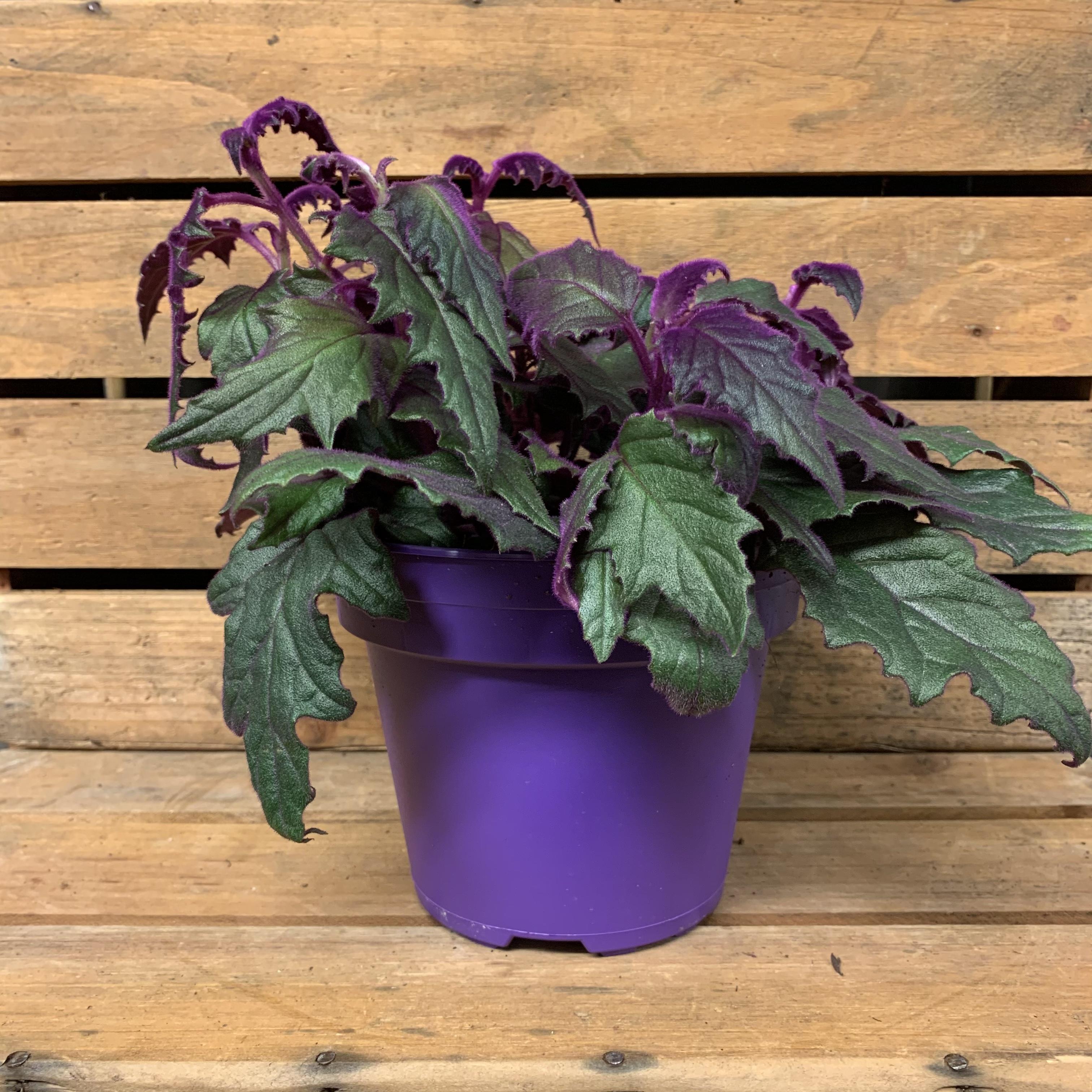
Gynura Aurantiaca Purple Passion
As indicated by the name, Purple passion (Gynura aurantiaca) is a purple-colored beautiful flower that is different from the ones that we usually find in our garden. It is generally grown under sunlight but needs care as intense sunlight can cause flowers to dry up. WHAT IS PURPLE PASSION? Purple passion has been a household plant for more than 200 years. Purple passion is also called purple.

20 Best Purple House Plants (Types and Growing Tips) Petal Republic
Gynura aurantiaca 'Purple Passion' velvet plant 'Purple Passion' A sprawling, woody-based, evergreen perennial to about 1m tall, though it can reach 3m if supported. The dark green leaves and stems are clothed in bright purple hairs, especially on the undersides.

Gynura aurantiaca 'Purple Passion' 15cm Ozdobna Kwiaty i Rośliny Doniczkowe CocaFlora
What's a Purple Passion Plant? Plant Friends and Family How to care for your Purple Passion Plant Use these instructions to care for a Purple Passion Plant. This guide will tell you how to water a Purple Passion Plant; its light, temperature, humidity preferences and any additional care it might need to help it grow. Purple Passion Plant LIGHT

Gynura aurantiaca Purple Passion Plant, Velvet Plant (4.5" Pot) Little Prince To Go
Houseplants Purple Passion Plant Is A Velvety Delight To Grow Gynura aurantiaca, also known as the purple passion plant, is a striking houseplant! Learn how to grow and care for it in our in-depth guide. Written by Sarah Jay Last updated: June 9, 2023 | 8 min read Contents
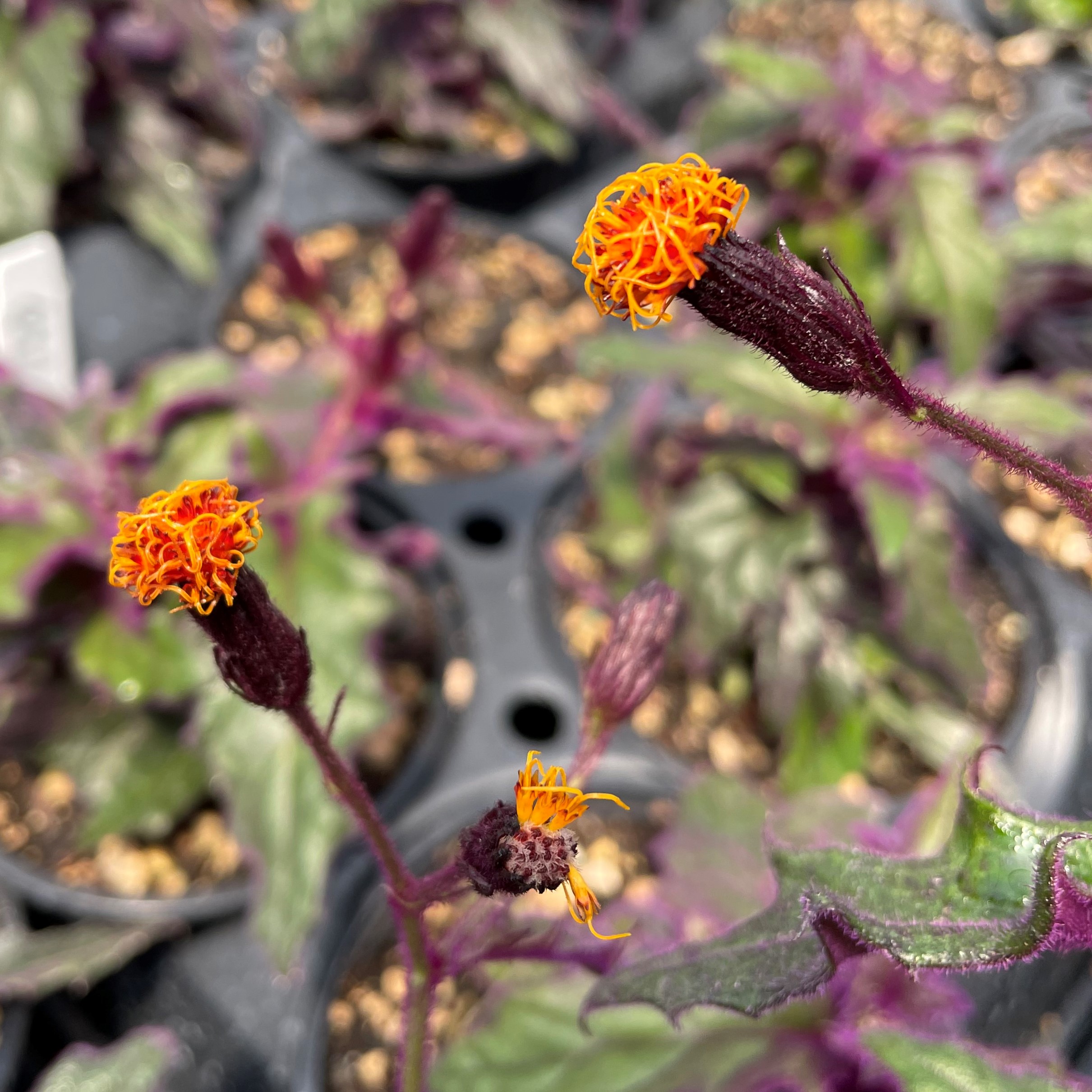
Gynura aurantiaca Purple Passion Plant, Velvet Plant (4.5" Pot) Little Prince To Go
Purple Passion Plant Uses. In conducive climates, Purple Passion makes a nice outdoor groundcover. In cooler climates, it will grow outdoors as an annual landscape plant. Purple Velvet is most commonly used as a hanging basket plant on protected porches and patios in the summertime and indoors in the winter. It makes a nice house plant year-round.

Gynura aurantiaca ‘Purple Passion’ 12cm Pot Urban Plant Life
G. aurantiaca is also known as velvet, royal velvet, or purple velvet plant. In Indonesia it's called "umyung." Purple passion plant may be the most well-known species in its genus, Gynura.A couple of other standout members of this genus are G. procumbens, known as "longevity spinach," and G. bicolor, which is known as "Okinawan spinach.".
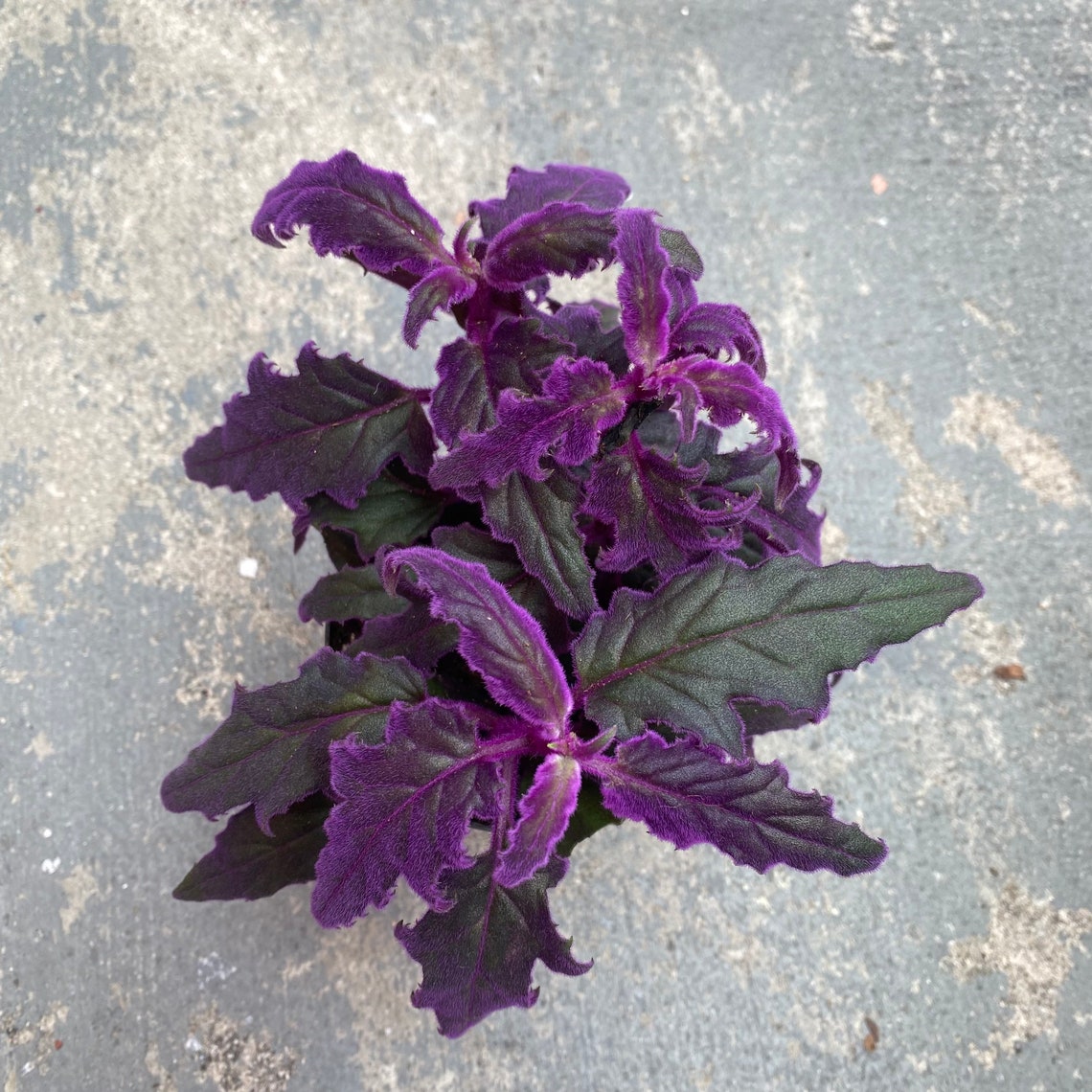
Purple Passion Gynura Aurantiaca Etsy
Growing purple passion houseplants ( Gynura aurantiaca) offers an unusual and attractive houseplant for the brightly lit indoor area. The young purple passion plant has velvety leaves and thick, deep purple hairs on a green colored leaf with a cascading habit, making it perfect for an inside hanging basket.
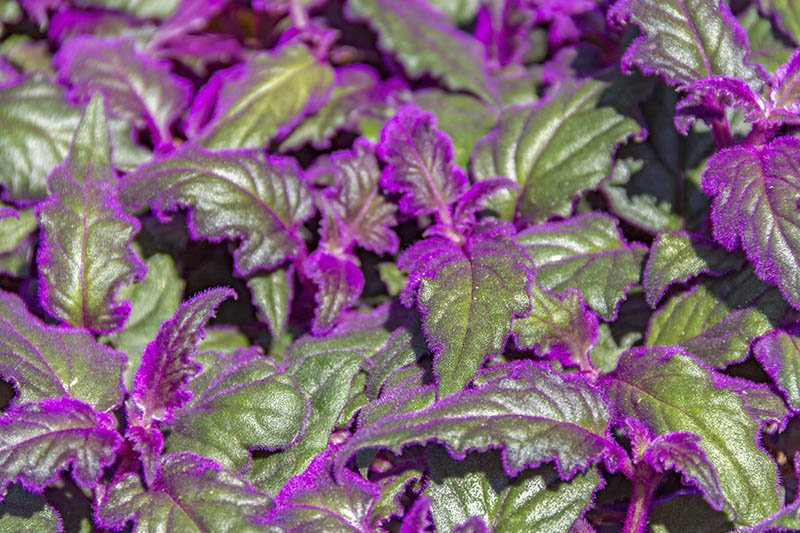
The ULTIMATE Guide to Grow Purple Passions (Gynura Aurantiaca)
The Gynura aurantiaca looks as if it is covered in velvet due to the purple hair on the leaves and stems. The purple passion plant produces flowers in the spring that are orange in color. The more light the gynura aurantiaca gets, the deeper purple the leaves will become. Water can permanently damage the velvet texture of the leaves.

Gynura aurantiaca Purple Passion Velvet Plant Free UK Delivery
The Purple Passion plant is one of those that gets a considerable lot of sunlight. Any normal fertilizer, including, but not limited to, Phosphorous, Nitrogen, Calcium, and Potassium-based, will be enough. Just dilute it to roughly half the recommended dose and administer it every 1-2 weeks throughout the warmer months.

Gynura Aurantiaca 'Purple Passion', Purple Passion Plant in GardenTags plant encyclopedia
Marijke Puts | Updated on: October 10, 2023 Gynura aurantiaca, also known as purple passion, is a houseplant appreciated for its fuzzy purple foliage. Its interesting leaf coloration and relatively easy care make it a great addition to any colorful houseplant collection.
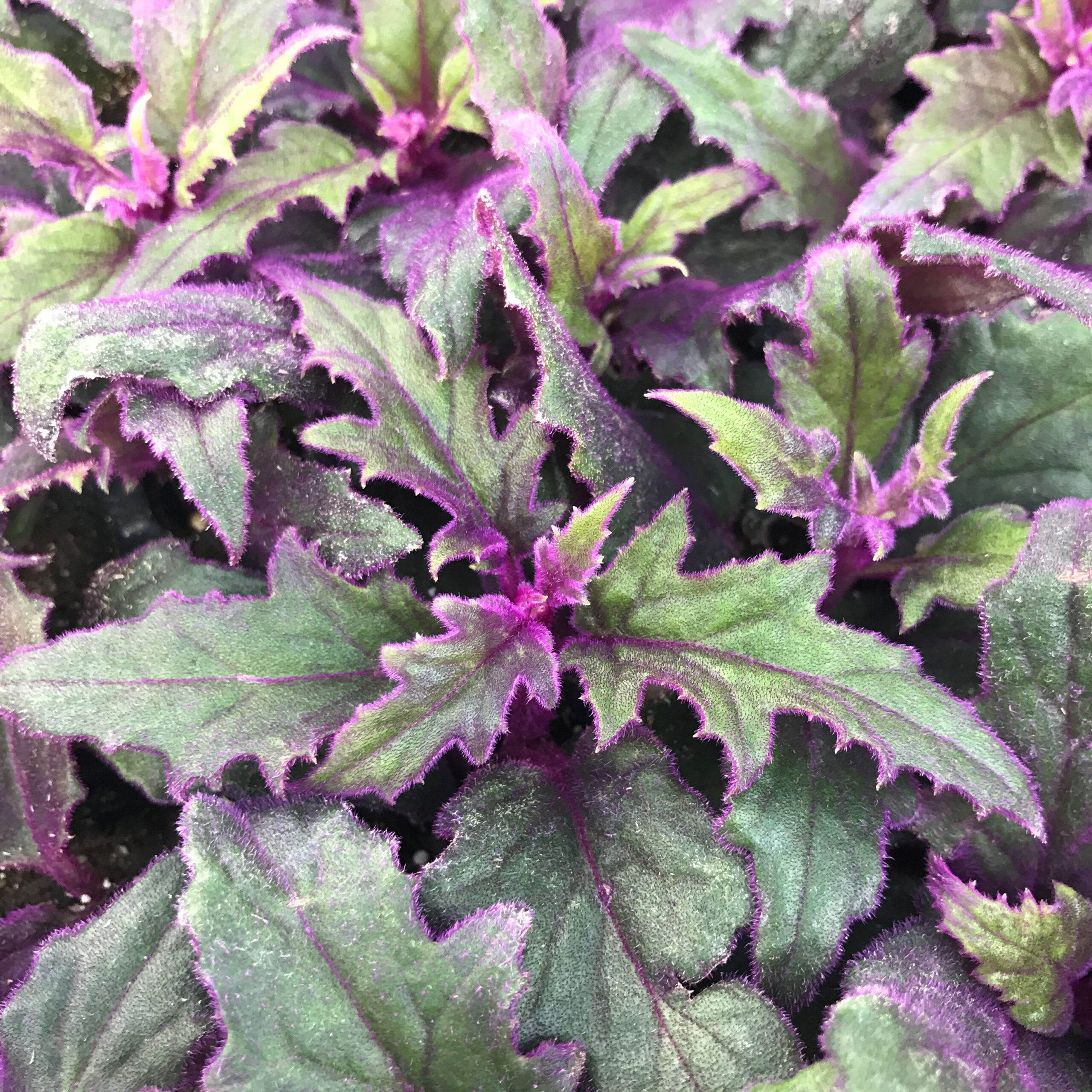
Gynura aurantiaca Purple Passion Plant, Velvet Plant (4.5" Pot) Little Prince To Go
Care Tips For Gynura Aurantiaca 'Purple Passion' Image Credit: Nancy Maffia. Fortunately, these beautiful plants are easy to care for and are non-toxic. You need to provide them with the basics of light, water, soil, and fertilizer, and they should reward you with their stunning display for years to come. Light

Gynura aurantiaca 'Purple Passion' (plant with velvet leaves) 5 plan
Gynura aurantiaca, called purple passion or velvet plant, is a species of flowering plant in the daisy family Asteraceae. It is native to Southeast Asia but grown in many other places as a house plant.

Gynura Aurantiaca purple passion velvety feel Live Rooted Etsy
Description This herbaceous evergreen in the Asteraceae family is commonly grown as a houseplant. It is best displayed in a hanging basket and is noted for its unusual velvety purple leaves and stems. Bright, indirect light with protection from the afternoon sun will result in the best foliage color.

Rare Purple Passion Plant gynura aurantiaca sarmentosa Etsy
Gynura Aurantiaca is a fast growing plant with an upright growth habit when young. As the plant matures, it takes on a more sprawling habit. It can grow to 1-2 feet. Trim the growing tips (you can use them for cuttings) to make the plant keep a bushy shape. Small plants will grow better when kept slightly root bound.

Purple Passion Plant Gynura aurantiaca Hanging Plants, Potted Plants, Purple Passion Plant
The ULTIMATE Guide to Grow Purple Passions (Gynura Aurantiaca) Home Plants Purple Passion - Gynura Aurantiaca Purple Passion - Gynura Aurantiaca Gynura aurantiaca. Copyright: Trees.com Contents Top Tips Location, Water, Humidity & Fertilisation Common Issues Origins, Temperature, Propagation, Repotting & Toxicity.